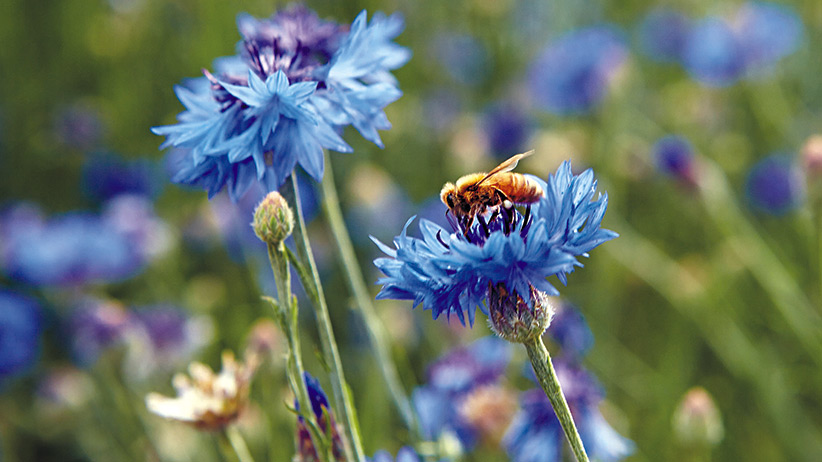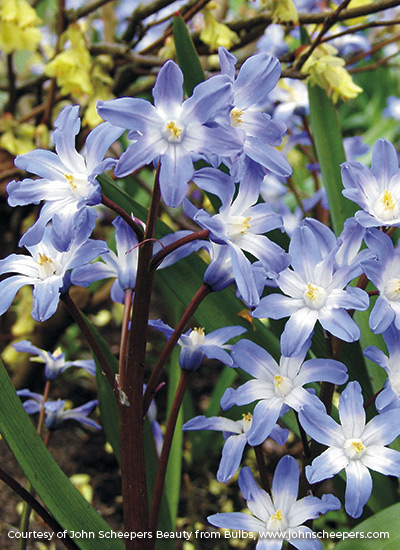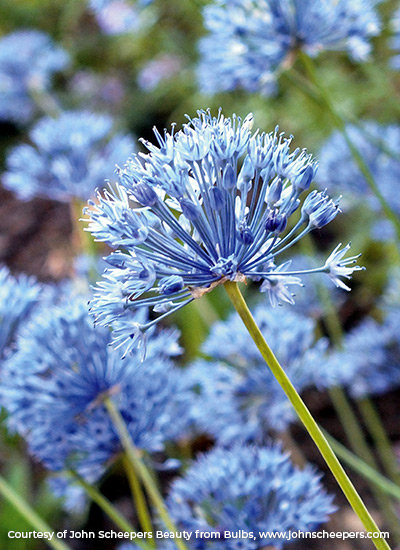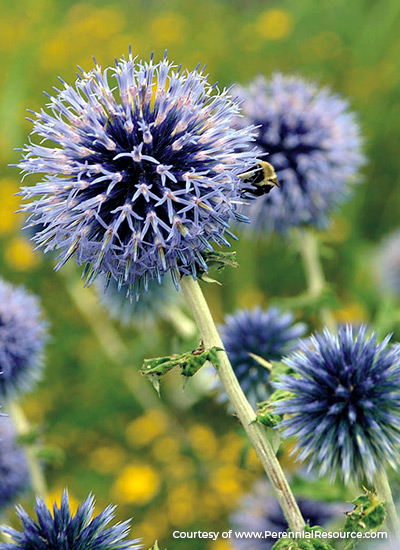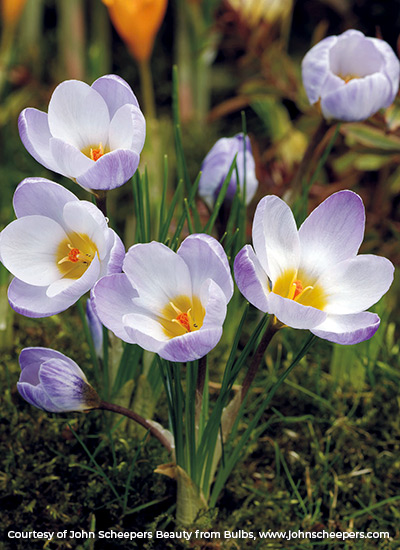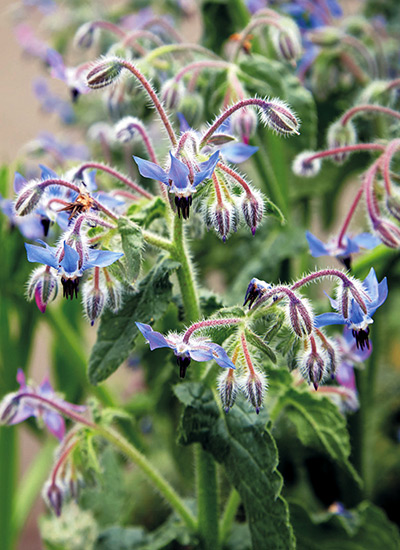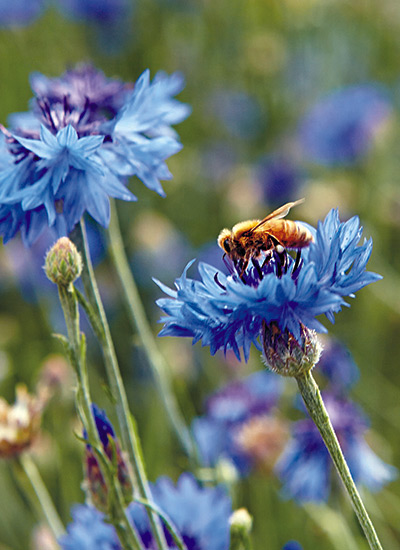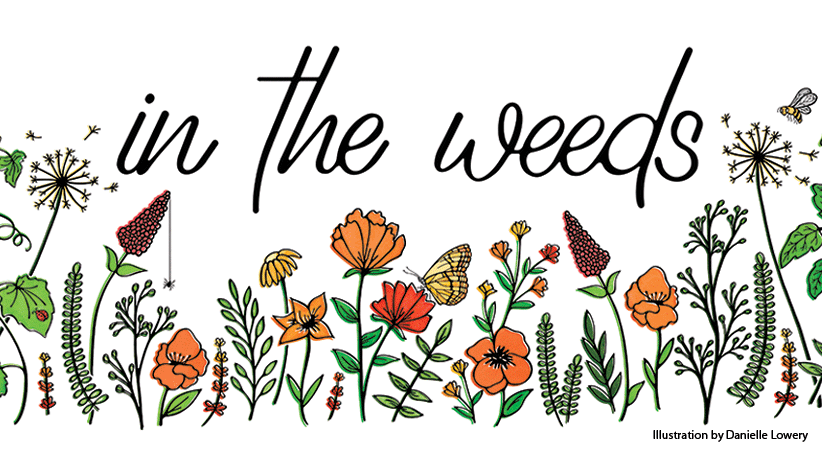Plant blue flowers for bees
Bees, those crucial, busy little pollinators, actually see color in the blue spectrum better than other hues so growing blue flowers is the best way to attract them. Why would you want bees in your garden? We owe almost all of our fruits and vegetables and many of our favorite old-fashioned flowers, such as the bachelor's button above, to these insects and their pollen moving power.
You Might Also Like:
Design a Pollinator-Friendly Garden
6 More Plants Bees Love
Attract Pollinators with this Garden Plan
DIY Native Bee House
Three seasons of blue flowers
While it’s easy to plant a garden that attracts bees in early summer when everything is bursting into flower, bees need food sources from early spring through fall. Early-emerging bees, such as the young queens of the bumble bee (Bombus spp.) group, will appreciate spring blooms as they get ready to rear their first brood. And if you pay attention in the fall, you can hear late-blooming plants “buzzing” with the different types of bees that are racing to get their last food supplies gathered.
Blue flowers for bees
So planting a garden that helps support these hard-working little creatures benefits all of us in the long run! Check out this gallery of blue flowers, from earliest spring to last blooms before frost, that’ll attract and feed hosts of bees in your garden.



